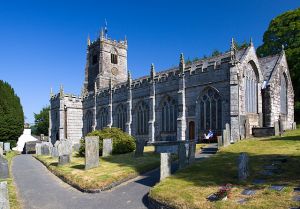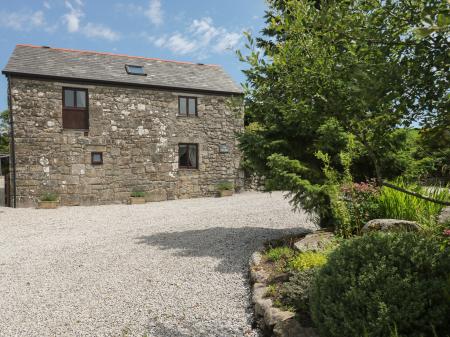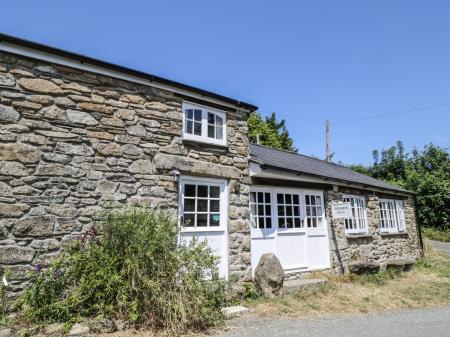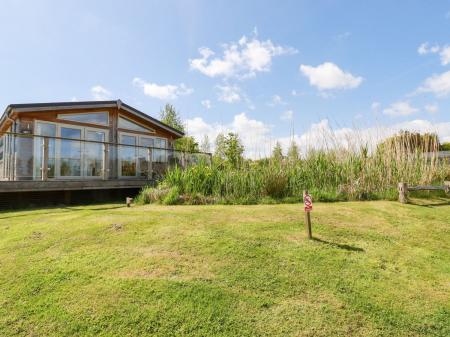
Who was St Neot?
A monk, later identified with St Neot, lived near this little village and was perhaps associated with a holy well that stands slightly to the north-west of the current village boundary. According to a 9th century manuscript by Bishop Asser, King Alfred the Great was on a hunting trip in Cornwall when he fell ill. He prayed at the shrine of 'Saint Gueryr' and was healed. In the manuscript account, another hand has added the words 'and now St Neot lies there'.
On this slender thread of hardly convincing evidence, a legend grew up that St Neot was a 9th-century saint and relative of Alfred who lived and was buried at St Neots. By the 11th century there was a monastic settlement in the village, which was rather tellingly, not named St Neot, but St Anietus, probably a reference to the Celtic saint associated with the holy well.
The monastery was suppressed in the late 12th century, and the relics of the 9th century St Neot were taken to the village of Eynesbury in what is now Cambridgeshire. That village was renamed St Neot in honour of the saint. So now we have a pair of St Neot's, both named for 'King Alfred's saint'.
The church itself is mostly 15th century, and is built of granite ashlar under slate roofs. There is a nave and chancel, south porch, north aisle, and west tower, all in Perpendicular style. On the north wall of the chancel is a tomb recess, traditionally thought to have held the shrine of St Neot, but equally likely to have been created to act as an Easter sepulchre.
Stained Glass
One of the main reasons to visit St Neot's is the superb 16th-century glass, built under the supervision of Robert Tubbe, who served as vicar from 1508 to 1544. Though about half the glass is the result of a Victorian restoration, the remainder is original late medieval or Tudor work. There are over 350 figures of saints, local benefactors, and heraldic designs.
Of special note is the so-called 'St Neot window', a gift of the young men of the village in 1528. This window shows scenes from the life of St Neot, including an amusing sequence where a thief steals the saint's oxen, whereupon a ploughman gives Neot his stags to replace the oxen. The thief then returns with the oxen, having repented of his deed, and commits himself to become a monk.
In the north aisle is a similar window showing 12 scenes from a fanciful life of St George, including a rather harrowing depiction of his martyrdom. All told, the glass at St Neot's is one of the best late medieval collections in the country.
Churchyard crosses
St Neot's church is worth visiting as much for what stands outside it as what you will find inside. For in the churchyard are no less than five ancient crosses. Chief among these is the so-called Trewarne Cross, a much-worn lantern cross made of local granite.
There are four Latin style crosses, all found as wayside crosses in the area and brought to the churchyard over the past 200 years. Three probably date from the 15th century, but the other is very likely of much earlier date. One of the crosses was brought here from the earthwork known as "Crowpound", on the summit of Goonzion Down, overlooking the village.
One of the other crosses stands six feet high and may date to the 10th century. It is covered on four sides with Celtic style ornamental carving and must be one of the best examples of a Cornish cross shaft in the county.
 We've 'tagged' this attraction information to help you find related historic attractions and learn more about major time periods mentioned.
We've 'tagged' this attraction information to help you find related historic attractions and learn more about major time periods mentioned.




